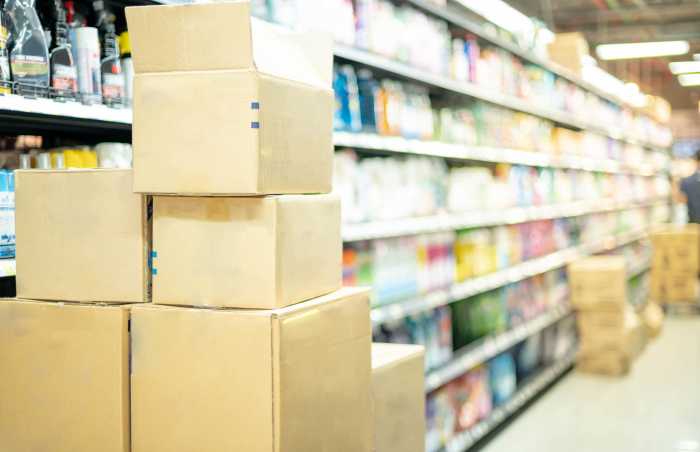By Bob Friedrich
Gov. Andrew Cuomo has just launched another assault on our wallets. The deceptively named Fix NYC toll scheme that he recently announced is a heavy-handed shakedown of lower- to middle‑class outer-borough residents who drive or commute into Manhattan. We have been down this road before, and New Yorkers simply cannot continue to feed the Metropolitan Transportation Authority’s voracious appetite for our dollars.
In this latest iteration of congestion pricing, instead of tolling our free East River crossings, the plan imposes a new $11.52 toll on all drivers who enter the city’s “central business district” — which is defined as Manhattan south of 60th Street. An “invisible” toll barrier around the perimeter of the “geographic pricing zone” will be erected and may be expanded later, according to the plan. This is a crushing cost burden that families and seniors on fixed incomes cannot afford.
It’s obvious that the Fix NYC tolling scheme is really about levying another tax on New Yorkers and has little to do about congestion. This is exposed when we note that the tolling period isn’t only during weekdays and daytime hours. The Fix NYC advisory panel report recommends “exploring expanding the period during which the drivers face a zone charge … this could include weekend hours … or a zone fee in effect 365 days a year, 24 hours a day.”
The plan states that average vehicle speeds in Manhattan are 4.7 miles per hour and would increase less than half a mile per hour to a BLAZING 5.1 mph when the plan is fully enacted. Yes, a 9 percent increase in speed sounds statistically significant, but in reality, it is inconsequential. That is because commuters traveling into Manhattan park and leave their cars in garages, all day. Parked cars do not create congestion.
But bike lanes, whose use precludes all but the youngest and fittest, in a city that has many days of inclement weather and four months of winter, when those lanes sit idle, have created much of the congestion we now see. A bike lane on a major Manhattan thoroughfare removes 25 percent or more of the available travel lanes. And many Manhattan thoroughfares now have them. Is it any wonder that as we doubled the number of bike lanes over the past decade, we saw a corresponding 30 percent reduction in travel speeds and more congestion? Remove some of those bike lanes, and travel times and congestion will improve.
Many families on tight budgets living in transit-starved regions of the outer boroughs who may drive to a doctor’s appointment or want to enjoy a show or dinner with friends in Manhattan are being told stay home, while folks living in Manhattan can enjoy all the amenities without encumbering the new toll tax. And the toll for trucks would be a whopping $25.34, a cost that will surely be passed on to consumers, a double whammy that is as regressive as it gets.
The Fix NYC tolling plan is just the latest extortion attempt by the city to create a sustainable revenue stream for the MTA’s insatiable appetite for our tax dollars.
First it was the $15 NYC auto use tax,
Then the $30 metropolitan commuter supplemental registration fee,
Then the MTA Tax Surcharge — an add-on to the city’s already high sales tax,
Then the MTA mobility tax, imposed on all self-employed individuals,
Then the 50-cent taxi surcharge on every cab ride.
All to create a sustainable revenue stream for the MTA. Now we’re being told that the $11.52 toll will finally create that elusive sustainable revenue stream that these other costly fees, which we’re all still paying, failed to do.
The Manhattan-centric proponents of the tolling plan call car ownership a luxury, when for many in the outer-borough including people with disabilities, it’s a necessity. Motorists already pay gas taxes, tire taxes, registration and license fees and exorbitant parking garage sales taxes to support mass transit, while commuters pay only a fraction of the MTA costs through the fare box. Still worse, bike lane road warriors contribute nothing to the system.
Ideally, the MTA should find ways to economize, adjust priorities, and cut costs before asking taxpayers to dig deeper. In the meantime, a $25 “bike transit tax” on the purchase of any bicycle more than $100 should be enacted so that bike-lane-using commuters start paying their fair share into the regional mass transit network.
Bob Friedrich is president of Glen Oaks Village, a civic leader and a former City Council candidate.



































